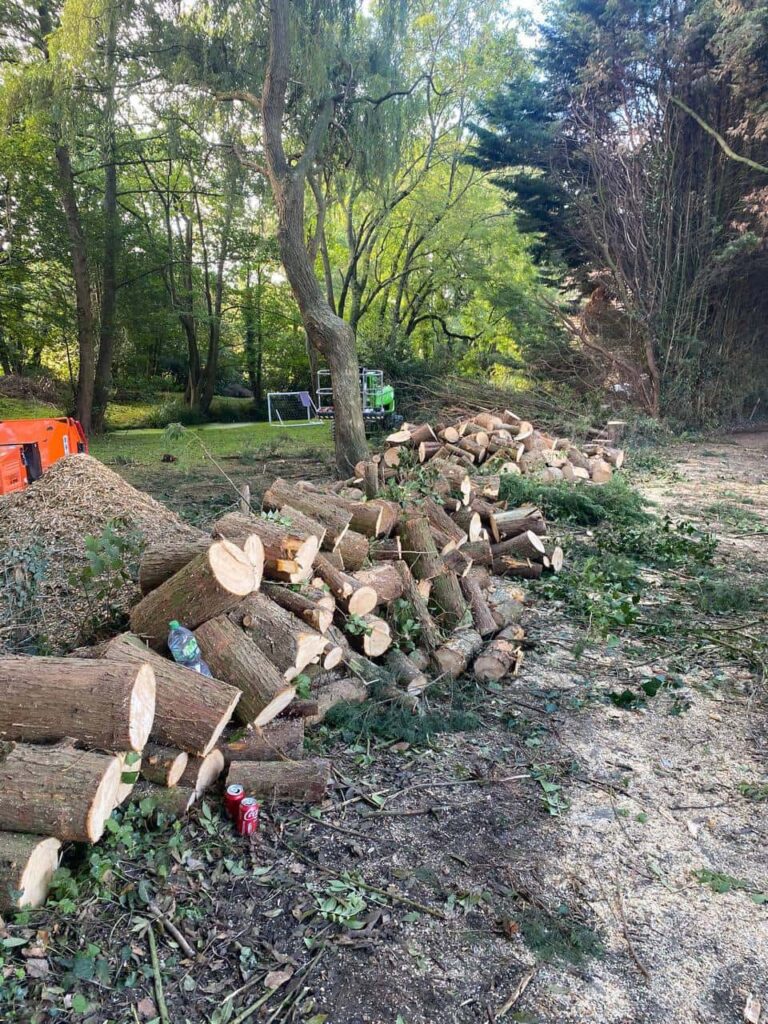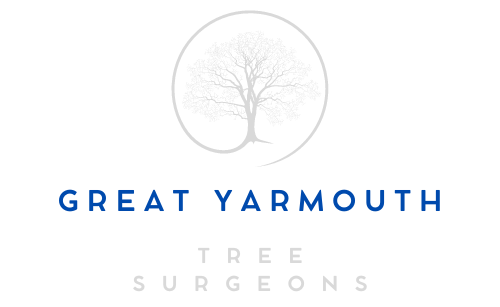The Art of Tree Pruning: Techniques and Tools
Introduction: Tree pruning is both a science and an art that involves carefully removing specific branches and foliage to enhance a tree’s health, structure, and aesthetic appeal. When done correctly, pruning can contribute to a tree’s longevity and improve its overall appearance. In this blog post, presented by Great Yarmouth Tree Surgeons, we will explore the art of tree pruning, including essential techniques and tools.
Why Pruning Is Important
Proper tree pruning offers several significant benefits:
- Health Maintenance: Pruning removes dead or diseased branches, preventing the spread of pathogens and enhancing a tree’s overall vitality.
- Safety Enhancement: Removing weak or hazardous branches reduces the risk of falling limbs, minimising property damage and potential injuries.
- Aesthetic Improvement: Pruning can shape a tree to complement its surroundings, enhancing its beauty and symmetry.
- Light and Airflow Enhancement: Thinning the canopy allows more sunlight to reach the tree’s interior and improves air circulation, benefiting the tree and surrounding vegetation.
Key Techniques for Tree Pruning
- Crown Cleaning involves the selective removal of dead, damaged, or diseased branches from the tree’s canopy to maintain its health and appearance.
- Crown Thinning: Thinning the canopy by selectively removing branches improves light penetration and airflow while reducing density.
- Crown Reduction: Reducing the size of the tree’s canopy by removing specific branches minimises the risk of storm damage and interference with structures.
- Crown Raising: Lower branches are removed to provide pedestrians, vehicles, or structures clearance.
- Directional Pruning: Pruning young trees to influence their growth pattern and promote strong, desirable branching structures.
Essential Tools for Tree Pruning
- Hand Pruners: These small, handheld tools are suitable for cutting branches up to 1 inch in diameter. Bypass pruners provide clean cuts, while anvil pruners are more suitable for thicker branches.
- Loppers: With longer handles, loppers are designed for cutting branches up to 2 inches in diameter, providing extra leverage for easier cutting.
- Pole Pruners: These tools have extendable handles and cutting heads, allowing you to safely and precisely prune high branches from the ground.
- Pruning Saws: Pruning saws come in various shapes and sizes, including folding and curved-blade saws. They are designed for cutting larger branches.
- Chainsaws: Chainsaws are essential for professional tree surgeons when dealing with larger pruning tasks. Proper training and safety equipment are crucial when using chainsaws.
Conclusion: Tree pruning is a valuable skill that requires knowledge, experience, and the right tools. It can contribute to a tree’s health, safety, and aesthetic appeal when performed correctly. However, improper pruning can harm a tree and pose safety risks. Therefore, you should consult experienced arborists or tree surgeons like Great Yarmouth Tree Surgeons for your pruning needs. With the proper techniques and tools, you can ensure your trees thrive and remain beautiful additions to your landscape for years.
Call us on: 01493 807 192
Click here to find out more about Great Yarmouth Tree Surgeons
Click here to complete our contact form and see how we can help with your tree’s needs.

